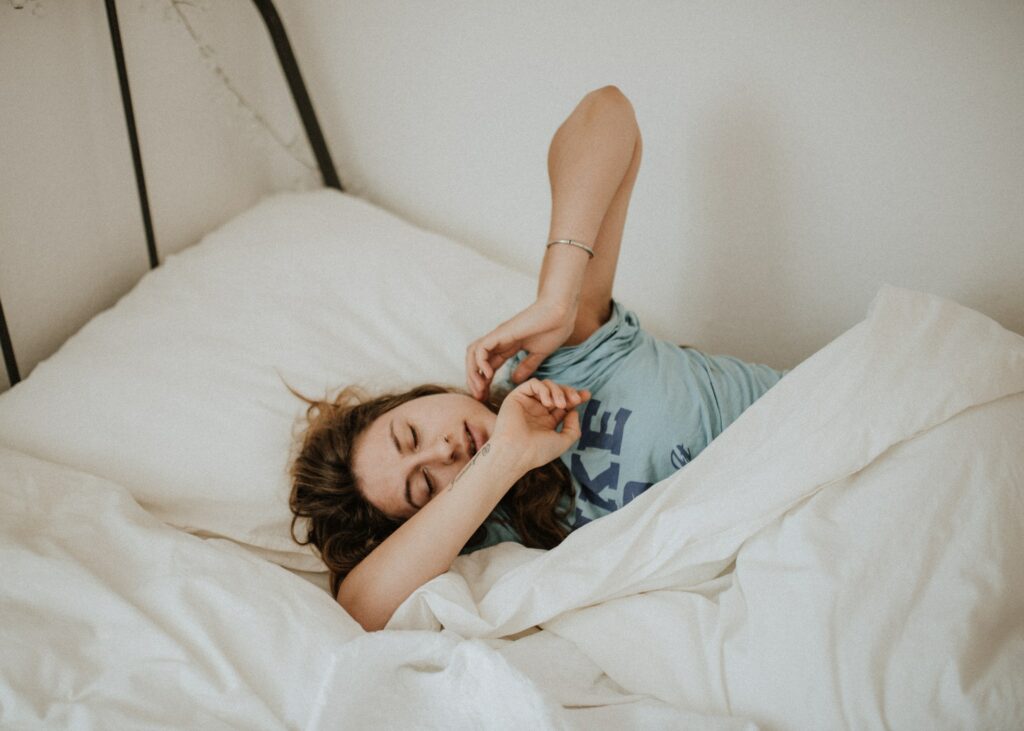
(Cupventi.com) – A growing number of American parents are resorting to melatonin to aid their children in falling asleep. However, experts caution about potential risks associated with this practice.
A recent survey by the American Academy of Sleep Medicine (AASM) reveals that 46% of parents in the U.S. have administered melatonin to children under 13, and 30% have given it to teenagers over 13 to facilitate sleep.
While melatonin might seem like a natural remedy, a 2022 AASM health advisory advises against using it for children due to the lack of regulation by the FDA.
This rise in melatonin use has corresponded with an increase in reports of melatonin overdose, calls to poison control centers, and emergency room visits among children, as reported by the AASM.
Dr. Anne Marie Morse, a pediatric neurologist, commented on the prevalence of melatonin use among kids, stating that it’s more common in pediatrics than in adults to have sleep prescriptions. She emphasized the importance of consulting a doctor before administering any supplements to children.
Dr. Morse, who commonly utilizes melatonin, especially for teenagers with delayed sleep phases, highlighted the need for medical guidance to determine appropriate dosages and timing of melatonin use.
The concern arises from melatonin being a hormone produced by the brain, potentially affecting other hormones. It’s also worrisome that melatonin products lack consistency in their melatonin content due to the absence of regulation.
To mitigate risks, Dr. Morse advised starting with the lowest available dose and ensuring the product is certified for accurate labeling. She underlined the importance of combining any medication with behavioral strategies to reduce the need for long-term use.
Dr. Laura Purdy, a family medicine physician, echoed concerns about the lack of long-term research on melatonin’s effects on children and cautioned against potential short-term and long-term risks.
Overall, experts stress the necessity of exploring alternative methods to help children fall asleep, understanding individualized sleep needs, and promoting good sleep hygiene to ensure proper sleep patterns.